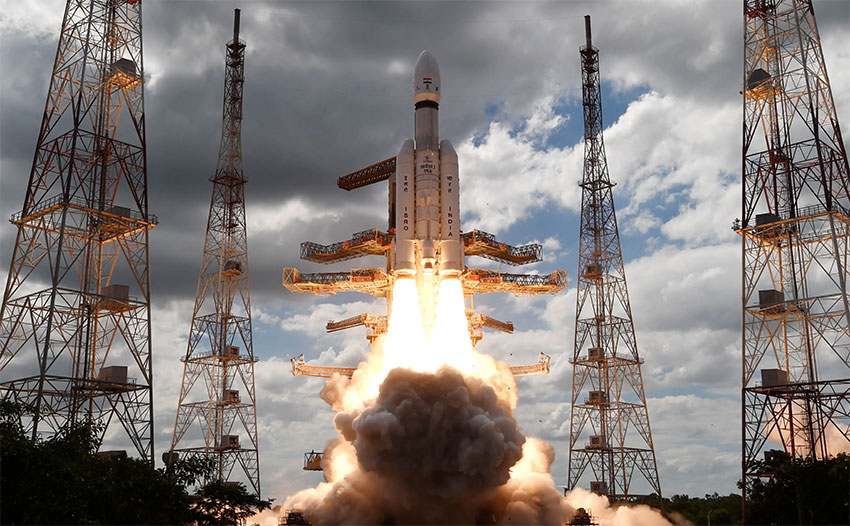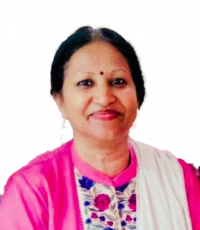
Dear Readers,
Indian Odyssey into space has happened due to the most coveted program named as Indian Lunar Exploration Programme. It is one of the ongoing series of outer space missions by the Indian Space Research Organization (ISRO) planned for the exploration of the Moon. The total lunar mission incorporates several parts such as a lunar orbiter, an impactor, a soft lander and a rover spacecraft.
The success of the recent Chadrayaan-3 could only happen after two unsuccessful attempts. It has not been an easy task. Among the three missions that took place so far, the orbiters worked successfully in all the three attempts, however the lander and the rover of Chandrayaan-2 crashed on the surface of the moon. The mission continued to work with the same vigor to prepare and send the next spacecraft. After the failure of Chandrayaan-2, the ISRO scientists spent 4 years to analyze as to what went wrong, finally they could identify the shortcomings and they revealed about the identification of three major reasons for the failure. Firstly, the presence of five engines generated a higher thrust which made the errors accumulate over time, secondly the lander was unable to turn very fast because it was not expected to perform at such a high pace turning and finally the choice of the small landing site.
So when Chadrayaan-3 was sent out into space to reach the moon surface all the identified issues were resolved, thus both the lander and the rover landed on the Moon successfully on 23rd Aug ’23. This was a moment of great pride for the entire nation. Indian spacecraft could land on the south pole of the Moon. We could achieve things which even the Russian space mission could not achieve. We were very lucky to witness this historic moment as ISRO was telecasting live demonstration of the landing which happened very precisely.
PC: ISRO

Dr Padma Shree Vankar
Our Guest Editor for the September month is Dr. Padma Shree Vankar. Dr. Padma is working in Somaiya Institute for Research & Consultancy (SIRAC) as the Head of Shimadzu-Somaiya Centre of Excellence for Analytical and Measurement Sciences. She is having 36 years of experience in research and teaching in the areas of Analytical chemistry and Natural product chemistry. She holds a Ph.D. degree in Synthetic Organic chemistry from Indian Institute of Technology, Kanpur. Dr. Vankar has authored more than 180 research papers in high-impact factor Scopus Indexed Journals. She has written 8 books and 10 book chapters.






Leave a Reply